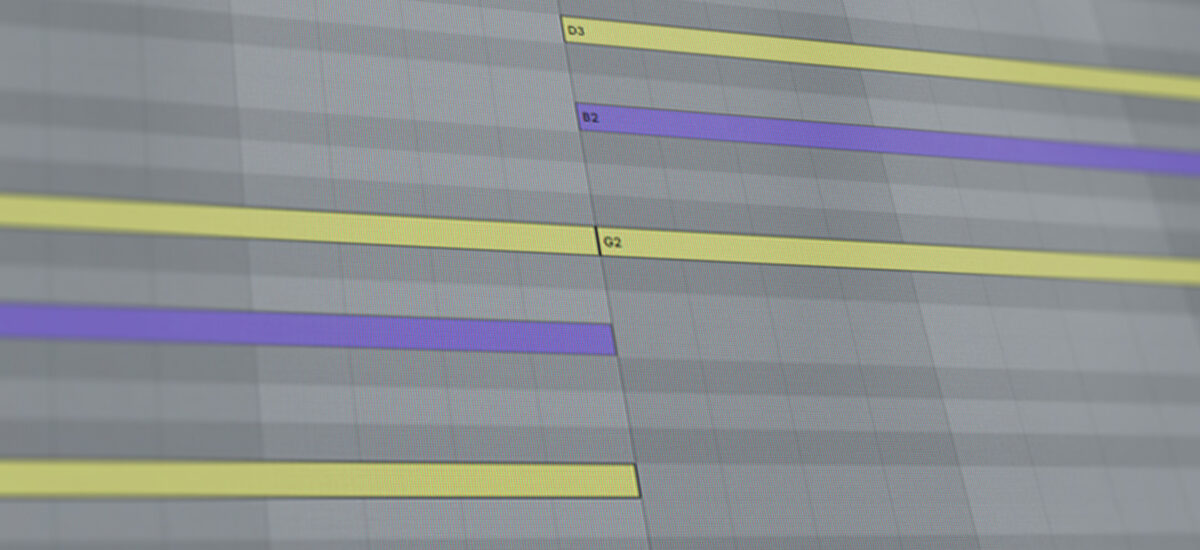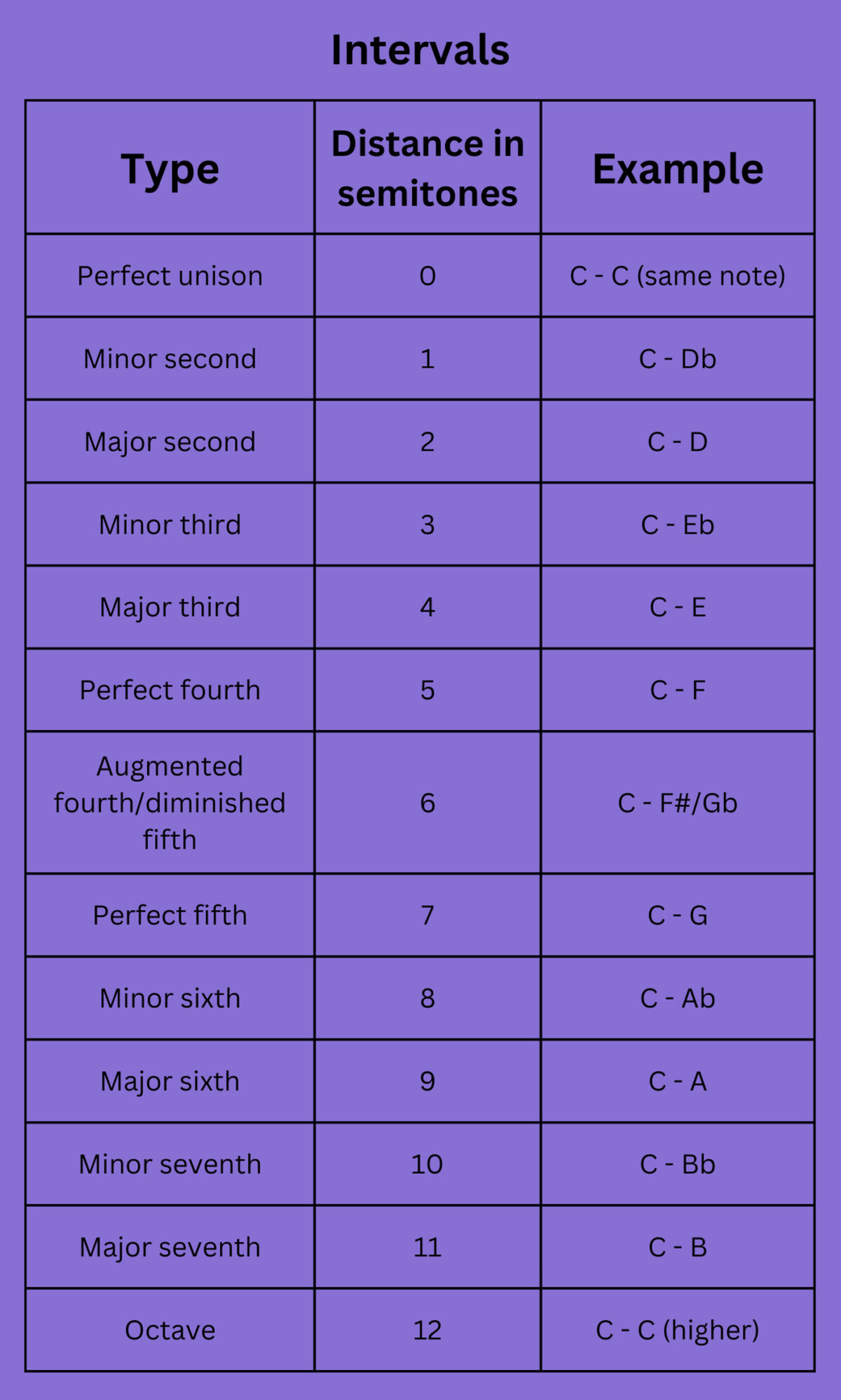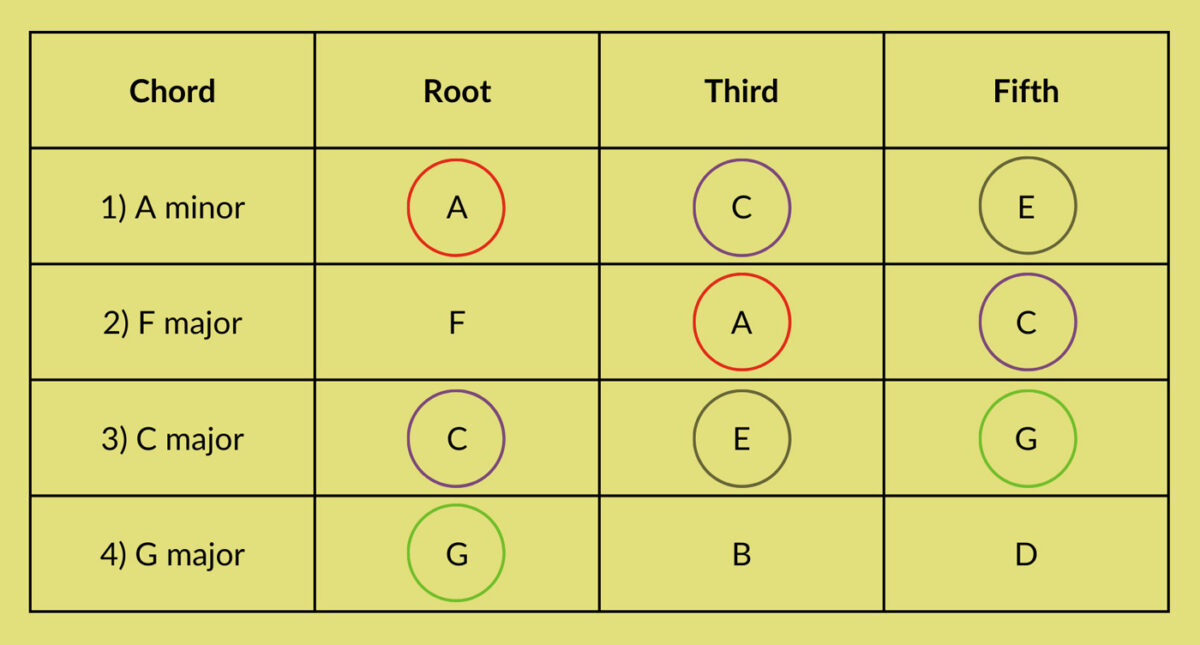
As contemporary composers, producers, and beatmakers, we may not always gravitate towards classical music. Perhaps we assume its style is conservative or outdated. But there is timeless compositional wisdom that we can glean from classical music. Among the valuable lessons we can learn from this style of music is the principle of voice leading – the art of crafting smooth and coherent movement between voices in harmonic progression. Understanding this compositional principle gives us a way to fluidly transition between chords and support the organic flow of our melodies.
If you want to level up your compositional game, you should stick around and read these tips on how to voice lead and create smooth harmonic progressions.
Jump to these sections:
- What is voice leading?
- How to voice lead and create smooth chord motion
- Basic principles of voice leading
Follow along with this tutorial using Komplete Start, a free bundle of professional-grade instruments and sounds to use in your music.
What is voice leading?
Voice leading in music describes how notes within individual parts move when transitioning between chords. It involves the technique of how each note progresses from one chord to the next while creating the smoothest change possible. Knowing how to voice lead when writing helps composers create a pleasing and natural flow of sound by minimizing awkward leaps and disjointed movement between chords.
Let’s listen to a great example of voice leading in action. We can hear it in Max Richter’s seminal work, “On The Nature Of Daylight.”
Throughout this piece, Richter uses gradual chordal shifts which are supported by smooth voice leading transitions. The continuity of voices in the chordal movement on display deeply enhances the emotional resonance of the song and leaves the listener immersed in its fluidity.
Good voice leading is essentially the sleek movement of one chord to the next. It is the difference between this example, which utilizes poor voice leading and sounds like it is jumping around:
And this one, which uses good voice leading and sounds cohesive:
What are voice leading methods?
Voice leading is how we ensure the smooth transitions between chords in composition. There are various ”best practice” methods we can use when writing voice leading. Some of those include:
- Understanding the voices in chord movement
- Analyzing chord tones
- Minimizing note movement
- Avoiding parallel motion
We’ll share how to accomplish these methods further in the article.
How to voice lead and create smooth chord motion
Before the practical steps on how to voice lead, there are some foundational theoretical concepts that you need to understand. We will assume you have a basic grasp of music theory for this. If not, that’s okay. Just make sure to check out our article on music theory and then come back.
Because voice leading is all about smooth chord transitioning, the knowledge required is primarily to do with harmonic principles. Harmony and voice leading go hand in hand – If you understand what a chord is, and what keys are, you’ll be prepared to write chord progressions with great voice leading.
One thing we’d like to explicitly speak about before diving in is the concept of intervals. An interval is the space between two notes. They are categorized based on their “quality” (minor, major, perfect, augmented, diminished), as well as their distance in semitones. You’ll see later that Intervals are important to voice leading. You’ll want to familiarize yourself with this table of intervals, paying particular attention to perfect unison, perfect fifths, and octaves:

Basic principles of voice leading
With those theoretical bases covered, let’s get into some practical ways that we can write good voice leading. For the following examples we’ll be using the extremely common chord progression vi-IV-I-V (A minor – F major – C major – G major).
1. Get familiar with the voices in your chord progression
The first thing you have to do when writing effective voice leading lines is to understand the chord progression that you are working with. As mentioned, we are using the chord progression vi-IV-I-V. This progression was chosen because of its roots’ relationships to the circle of fifths – essentially making it easier to create good voice leading.

More than the progression itself though, we have to shift our understanding of chords a little bit. Specifically, we need to think of every chord tone as a separate “voice.” If we examine the above chords “vertically” we see several notes stacked on top of each other. That repeats four times with different chords. However, if we create a paradigm shift and see every note of a chord as its own melody that moves “horizontally,” we unlock the first part of understanding voice leading.
For ease of reference, let’s call the top note of a chord voice 1, the one below that voice 2, the one below that voice 3, and the bottom note voice 4.

2. Analyze chord tones
The next step we need to take is understanding our chord tones. Let’s look at the root notes, thirds, and fifths of all the chords we are using, and see if any common notes are shared between the chords. Remember in each key there are only seven possible notes, so it’s extremely likely for there to be common chord tones in any diatonic progression.

In the table, we’ve highlighted chord tones that occur several times throughout the movement. This is crucial information for the next step.
3. Minimize note shifting to create smooth movement
When creating satisfying and effective voice leading, a central principle to follow is that all voices should be well-written individual melodic lines. We know that great melodies usually don’t include large interval leaps, so we should apply the same idea to voice leading.
Generally, it is safe to leave any common chord tones between chords in the same voices. Where we can’t keep tones the same, stepwise motion is always preferable to leaps. “Stepwise motion” refers to moving a tone or semitone away, rather than a big interval jump (like a sixth). The only voice where big leaps are permitted is in the bass (voice 4).
Remember that chords don’t have to be written in ascending vertical order. As long as a C, E, and G are the notes that are present in the chord, it is a C major. Writing the chord as G, then C, and E, still leaves us with a C major chord.
Let’s move through our chord progression and keep all common chord tones where possible, using stepwise motion in the other notes.

Let’s analyze the movement of our voices:
- Voice 1 stays on C almost throughout, until it moves stepwise down to B on the final chord.
- Voice 2 stays on A for the first half, and moves stepwise to G for the second half.
- Voice 3 uses stepwise motion throughout the chord progression to minimize movement.
- Voice 4 here is being used as a bass, and so is permitted to make big jumps to and from each root movement.
Essentially, voice leading principles have informed the way in which we have inverted these chords.
4. Avoid parallel motion
“Parallel motion” occurs when two voices move in the same direction and form the same interval. The primary intervals to avoid in particular are octaves and fifths.
(Just as a reminder – these principles are for Western music theory. Many non-Western music-writing approaches use parallel harmony often. Even in rock music, parallel fifths are used all the time).
Let’s look at a move from chord I to chord V (with 3 voices this time):

Notice how in this example, the C and G in voices 1 and 3 (a fifth apart) are jumping up to G and D (still a fifth apart) in the next chord. We’ll highlight the notes of voices 1 and 3 in yellow to make this clearer:

This leaves us with parallel fifths, which sounds like this:
This kind of motion is easily avoidable. Once again, by considering the voices carefully and inverting the chord tones in a particular order, we can create satisfying voice leading.
Let’s shift the C in voice 3 up to voice 1 in the I chord. In the next chord, let’s bring the D down to voice 3. Now it looks like this:

And sounds smoother, like this:
You might have noticed that there is still a form of parallel motion here in the outer voices. Because the intervals between the voices are no longer a fifth, this isn’t a problem. Parallel sixths are fine to include in voice leading where they can’t be avoided.
5. Keep practicing with different chord progressions
We’ve only discussed a single chord progression here, but you should practice these principles with any chord progression that resonates with you. All of the voice leading rules we discussed are equally applicable to any other major or minor chord progression.
The more contexts you try this in, the better you will become at it. Just be aware that the inclusion of modal interchange and non-diatonic notes might complicate things. Nevertheless, sticking to these principles will vastly improve your voice leading.
Start voice leading your chord progressions
Voice leading, in the right context, is one of the central concepts that separates amateur compositions from truly compelling ones. By incorporating the voice leading methods you have learned here, you can let chord tones shine, and ensure smooth transitions and harmonic coherence. Open up Kontakt in your DAW of choice and give these ideas a go with Komplete Start.















